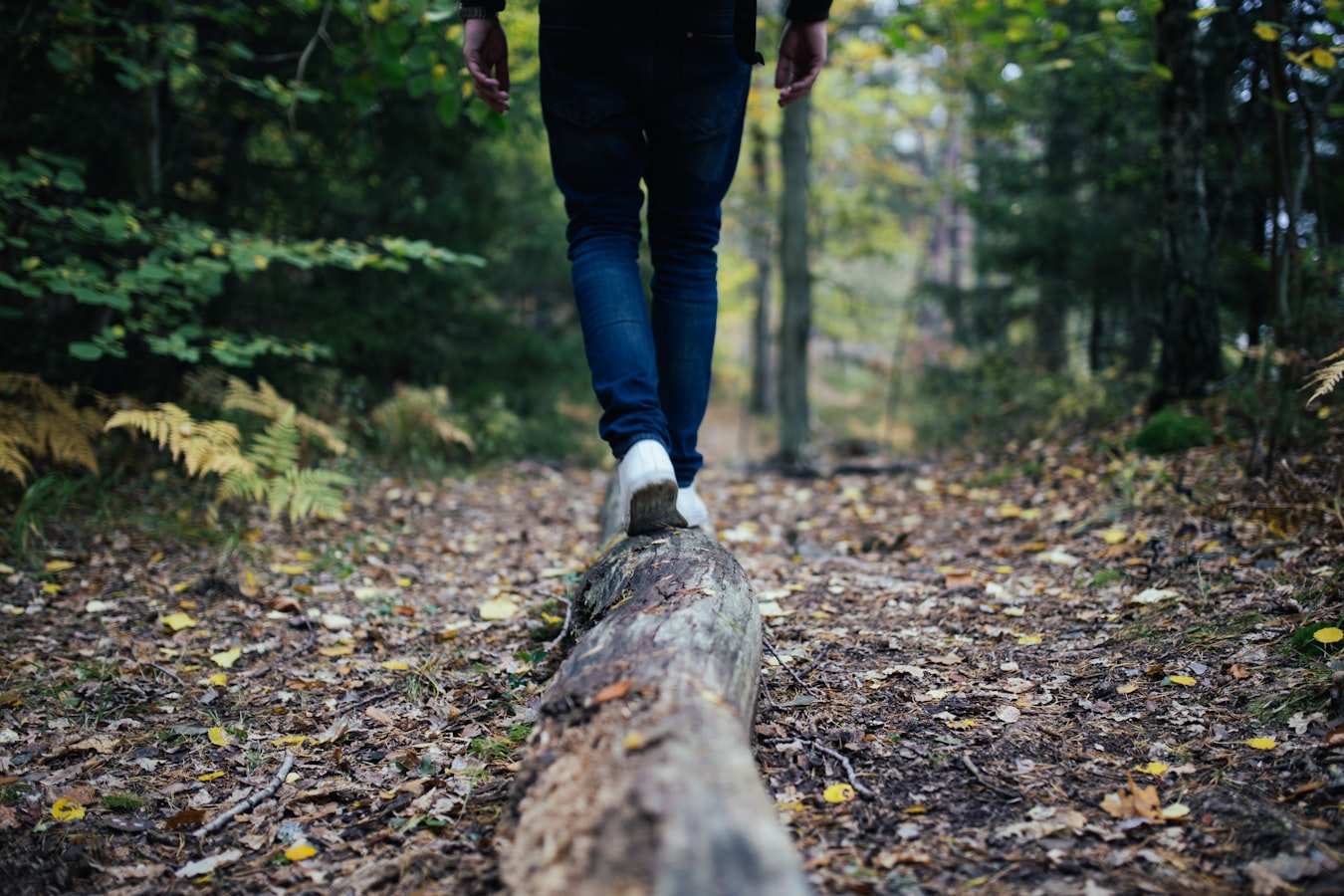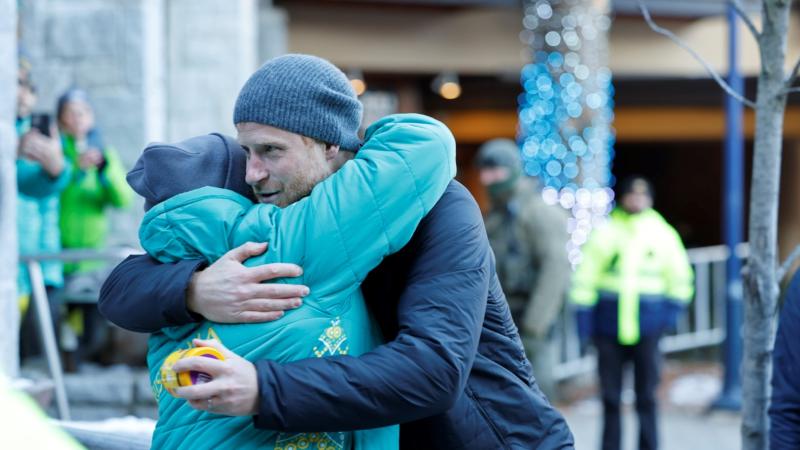We asked the all-women Blue Carbon lab team to share their thoughts on their careers, inspriation and advice this International Women and Girls in Science Day.
Dr Kay Davis
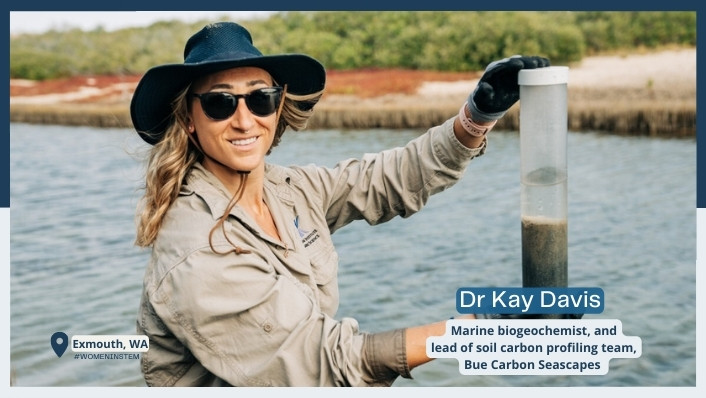
Tell us about your job.
I investigate how nutrients and carbon move through marine ecosystems. My research spans from assessing the role of macroalgae (seaweed) in blue carbon storage to uncovering nutrient sources and impacts on coral reefs, helping to inform conservation and climate mitigation strategies.
How did you get into science? What attracted you?
I was a curious child always drawn to nature, and science was a way to unravel the unseen, to constantly learn and connect with the environment.
With climate change rapidly becoming apparent, I wanted a career that helped us better understand our natural world and help protect our marine ecosystems and way of life.
What is the best part of your job?
The mix of adventure and discovery-snorkelling over remote coral reefs, uncovering centuries-old sediments, getting lost in the rhythm of lab work, and the thrill of a ‘eureka’ moment when the data finally clicks.
What is the worst part of your job?
The worst part of my job is witnessing the devastating effects of climate change firsthand and the inaction despite everything we know. I’ve been fortunate to see reefs at their most vibrant, but I’ve also watched them turn into graveyards before my eyes. We have the data, we’ve known the solutions for decades-yet some still refuse to believe the science or act to protect our ecosystems and livelihoods. It’s heartbreaking.
What advice would you give your younger self about getting into science?
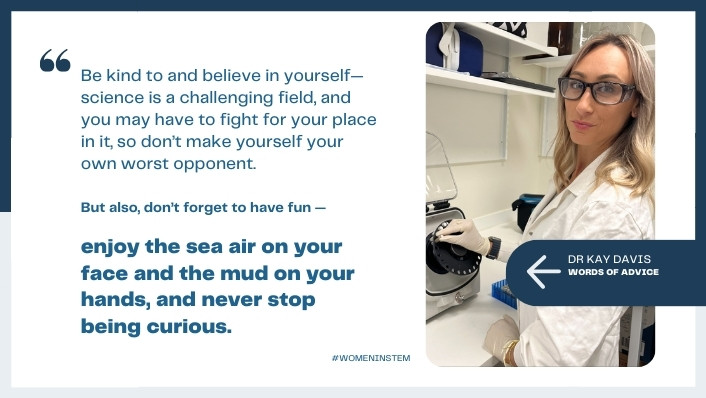
Dr Cecilia Pascelli
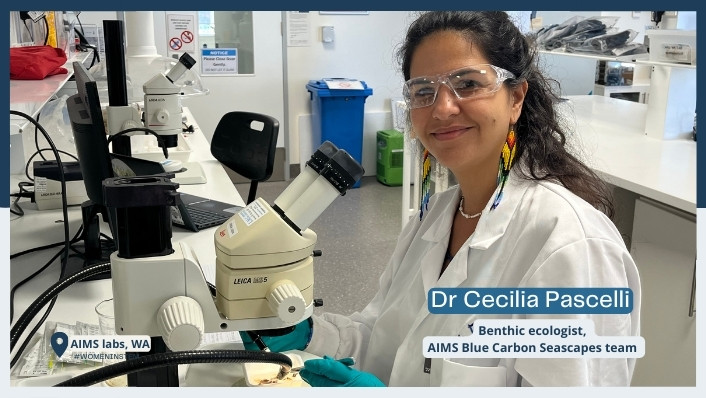
Tell us about your job.
I investigate and analyse sediments and macrophytes (aquatic plants) to study biodiversity, chemical profiles and genomics.
My work contributes to understanding how marine ecosystems store carbon and play a vital role in mitigating climate change.
How did you get into science? What attracted you?
As a child, I spent hours exploring the rocky shores near where I lived, fascinated by the diversity of life, colours, and shapes of the creatures I found there. That sense of wonder has never left me-it’s a passion that continues to drive me every day.
What is the best part of your job?
There’s nothing more rewarding than facing a roadblock-when the analyses are not working or the results aren’t as expected-and diving into the literature, brainstorming with colleagues, thinking outside of the box, and finding a solution.
It’s like magic, but with a lot of hard work. That moment of accomplishment is incredibly satisfying!
What is the worst part of your job?
As someone from a less privileged cultural, racial, and gender background, I’ve often felt the weight of having to justify my place in science.
I have been fortunate to meet incredible people who have encouraged me and are willing to make a difference. I believe in the power of diversity and humanity to transform science, bringing new perspectives and care for our blue planet and all who inhabit it.
What advice would you give your younger self about getting into science?
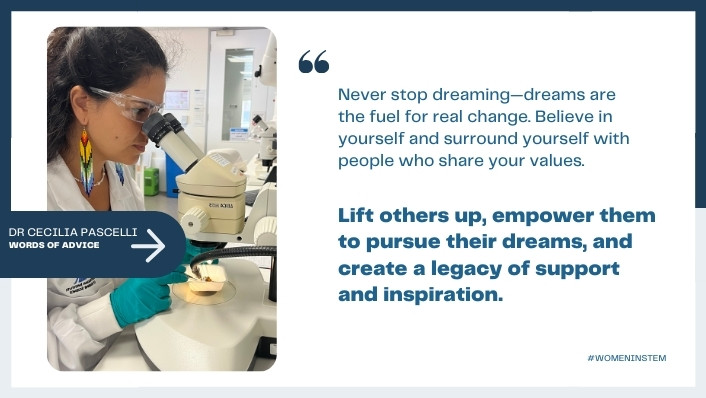
Martina Zucchi
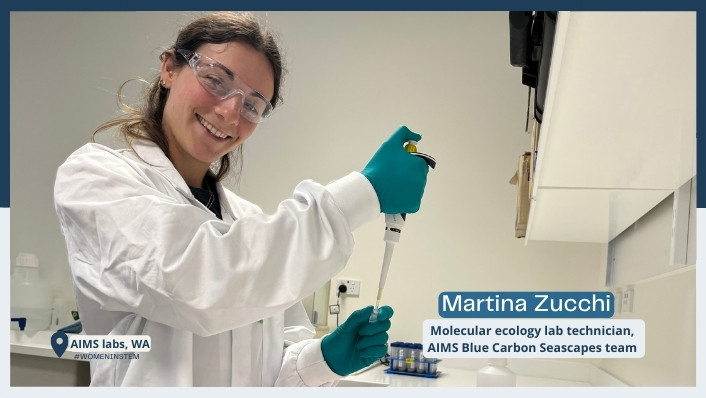
Tell us about your job.
I work with coral DNA and environmental DNA (eDNA), helping to understand more about marine ecosystems and their value storing carbon and helping mitigate climate change.
How did you get into science? What attracted you?
I was fortunate to grow up immersed in nature. The idea of exploring and studying the world around us, particularly the invisible life forms that surround us, has always sparked my imagination.
What is the best part of your job?
The most rewarding aspect of my job is the constant room for learning and discovery. Every day presents something new, whether it’s a new method to implement, new data to analyse, or new findings that contribute to a larger puzzle of knowledge.
It’s a dynamic and intellectually stimulating environment that keeps me engaged and inspired.
What is the worst part of your job?
While science is incredibly dynamic and motivating, it’s also highly competitive, with pressure to publish, succeed, and innovate. That can sometimes feel overwhelming.
What advice would you give your younger self about getting into science?
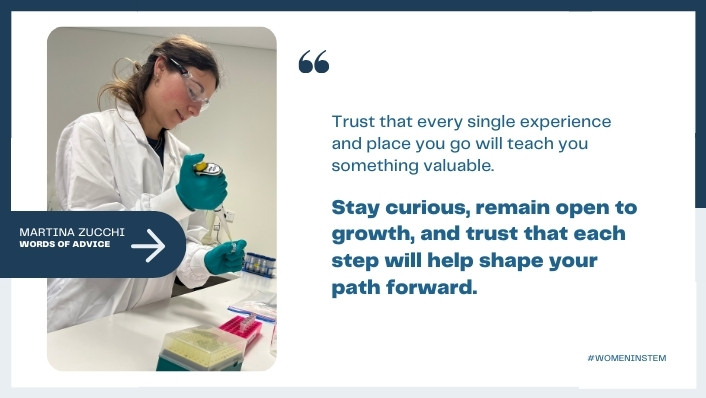
Julieta Nazareth Gamboa Cutz
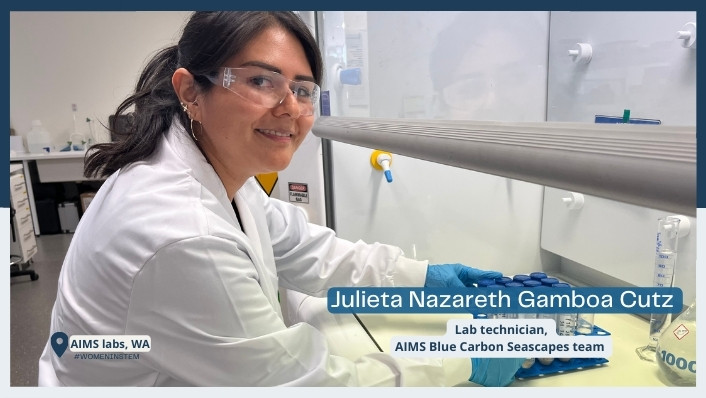
Tell us about your job.
I prepare and analyse sediment samples from coastal and marine habitats that capture and store atmospheric carbon. By studying how carbon moves through these ecosystems into soils, roots, trunks, and leaves, and how long it remains stored, I help assess their role in mitigating climate change.
How did you get into science? What attracted you?
Being naturally introverted, science became a way for me to expand my imagination, explore nature and connect with the world in a meaningful way.
It fuels my curiosity, keeps me questioning, and challenges me to seek answers to things I don’t understand.
What is the best part of your job?
I hope to inspire girls by showing that science is for everyone, no matter who you are. I love knowing that my work can encourage others to dream big and follow their passions.
What is the worst part of your job?
Imagine needing to scratch your nose while working with acid, wearing a lab coat, safety gloves, and using both hands!
Seriously, while I enjoy lab work, there are days when I wish I had the flexibility to work from home.
What advice would you give your younger self about getting into science?
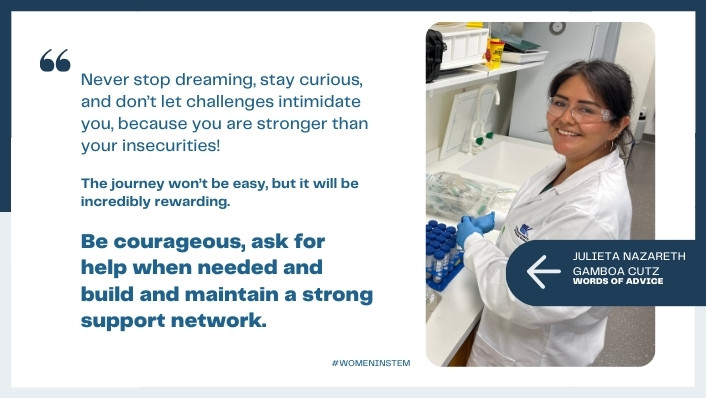
Images: Jo Manning

